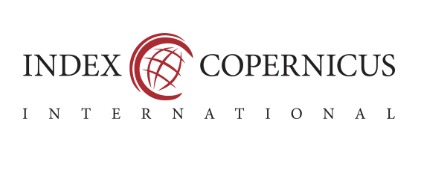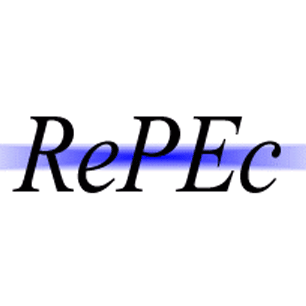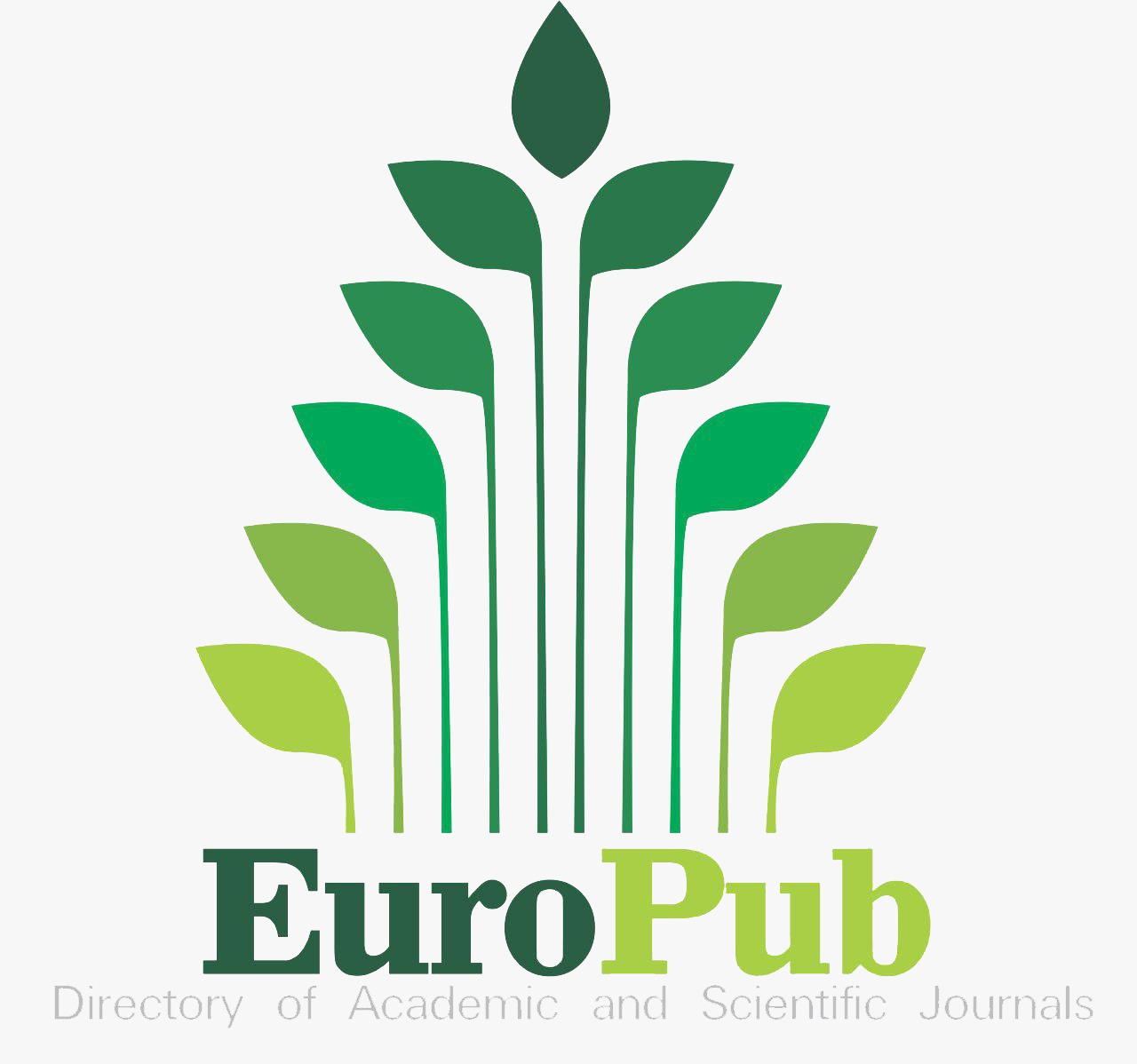Learning Evaluation: Characteristics of Excellent Assessment
Abstract
Aim: The aim of this research is to explain the learning evaluation process which focuses on the characteristics of excellent assessment. Evaluation has an important role in learning outcomes and one way to obtain excellent test items is to test the validity of the test items. One way to find out student learning outcomes is to carry out learning evaluations. In learning evaluation there is an assessment process which has an important role in measuring student abilities. So it is important for a teacher to know the characteristics of excellent assessment. If the learning evaluation is carried out well, the results of the evaluation are used to improve the learning curriculum used.
Methodology: Qualitative research methods and library research types of research are used to determine the characteristics of excellent assessment. The collected data is then analyzed using several stages of data analysis, and then data validity is carried out to determine the validity of the data.
Findings: This research shows that the characteristics of an excellent assessment are: 1) Validity, the tools used in the assessment process are valid. 2) Consistency, when the assessment is carried out with various assessment objects, the assessment results do not differ too much and are stable. 3) Objectivity, meaning there is no subjectivity factor in carrying out the assessment. 4) Ease of Application, both ease of implementation and ease of inspection. 5) Economical, doesn’t cost a lot of money, energy or time.
Implications/Novel Contribution: The seriousness of educators in carrying out the assessment process must be considered so that the objectives of learning evaluation are achieved. So, with the successful implementation of the assessment, student learning goals can be achieved.
References
Biesta, G. (2009). Good education in an age of measurement: On the need to reconnect with the question of purpose in education. Educational Assessment, Evaluation and Accountability (Formerly: Journal of Personnel Evaluation in Education), 21(1), 33-46.
Caeiro, S., Sandoval Hamón, L. A., Martins, R., & Bayas Aldaz, C. E. (2020). Sustainability assessment and benchmarking in higher education institutions—A critical reflection. Sustainability, 12(2), 543.
Chapelle, K. B. . B. G. . A. I. A. i. t. a. l. p. . R., C. A. (2019). Assessment. In An introduction to applied linguistics. Routledge.
Clark, L. A., & Watson, D. (2016). Constructing validity: Basic issues in objective scale development. American Psychological Association.
Connaway, L. S., & Radford, M. L. (2021). Research methods in library and information science. Bloomsbury Publishing USA.
DeVon, H. A., Block, M. E., Moyle-Wright, P., Ernst, D. M., Hayden, S. J., Lazzara, D. J., . . . Kostas-Polston, E. (2007). A psychometric toolbox for testing validity and reliability. Journal of Nursing Scholarship, 39(2), 155-164.
Edelenbos, J., & Van Buuren, A. (2005). The learning evaluation: A theoretical and empirical exploration. Evaluation Review, 29(6), 591-612.
Gibbs, G., & Simpson, C. (2005). Conditions under which assessment supports students’ learning. Learning and teaching in higher education, 22(1), 3-31.
Hattie, J. A., & Brown, G. T. (2010). Assessment and evaluation. In Educational psychology: Concepts, research and challenges. Routledge.
Hennink, M., Bailey, A., & Hutter, I. (2020). Qualitative research methods. SAGE Publications Ltd.
Ho, W., Xu, X., & Dey, P. K. (2010). Multi-criteria decision making approaches for supplier evaluation and selection: A literature review. European Journal of Operational Research, 202(1), 16-24.
Jeong, H.-C., & So, W.-Y. (2020). Difficulties of online physical education classes in middle and high school and an efficient operation plan to address them. International Journal of Environmental Research and Public Health, 17(19), 7279.
Lawless, K. A., & Pellegrino, J. W. (2007). Professional development in integrating technology into teaching and learning: Knowns, unknowns, and ways to pursue better questions and answers. Review of Educational Research, 77(4), 575-614.
Macdonald, R. (2006). The use of evaluation to improve practice in learning and teaching. Innovations in Education and Teaching International, 43(1), 3-13.
Miles, M. B., & Huberman, A. M. (1994). Qualitative data analysis: An expanded sourcebook. Sage.
Mokkink, L. B., Terwee, C. B., Patrick, D. L., Alonso, J., Stratford, P. W., Knol, D. L., . . . De Vet, H. C. (2010).
The COSMIN checklist for assessing the methodological quality of studies on measurement properties of health status measurement instruments: an international Delphi study. Quality of Life Research, 19, 539-549.
Nurtanto, M., Sofyan, H., Pardjono, P., & Suyitno, S. (2020). Development model for competency improvement and national vocational qualification support frames in automotive technology. International Journal of Evaluation and Research in Education, 9(1), 168-176.
Pendidikan, K. (2016). Kebudayaan direktorat jenderal pendidikan dasar dan menengah direktorat pembinaan sekolah menengah pertama.
Pereira, D., Flores, M. A., & Niklasson, L. (2016). Assessment revisited: A review of research in assessment and evaluation in higher education. Assessment & Evaluation in Higher Education, 41(7), 1008-1032.
Roco, M. C., & Bainbridge, W. S. (2002). Converging technologies for improving human performance: Integrating from the nanoscale. Journal of Nanoparticle Research, 4, 281-295.
Rosas, R., Nussbaum, M., Cumsille, P., Marianov, V., Correa, M., Flores, P., . . . others (2003). Beyond Nintendo: Design and assessment of educational video games for first and second grade students. Computers & Education, 40(1), 71-94.
Shumway, J. M., & Harden, R. M. (2003). AMEE Guide No. 25: The assessment of learning outcomes for the competent and reflective physician. Medical Teacher, 25(6), 569-584.
Struyven, K., Dochy, F., & Janssens, S. (2005). Students’ perceptions about evaluation and assessment in higher education: A review. Assessment & Evaluation in Higher Education, 30(4), 325-341.
Weiner, B. J., Lewis, C. C., Stanick, C., Powell, B. J., Dorsey, C. N., Clary, A. S., . . . Halko, H. (2017). Psychometric assessment of three newly developed implementation outcome measures. Implementation Science, 12, 1-12.
Wells, C. S., & Wollack, J. A. (2003). An instructor’s guide to understanding test reliability.

This work is licensed under a Creative Commons Attribution-NonCommercial 4.0 International License.












.png)










